Dunfermline may be Scotland’s newest city, but the ancient royal burgh has been a bedrock of cultural and political significance for centuries.
From the burial place of Robert the Bruce to the birthplace of Andrew Carnegie, it’s impossible to ignore this Fife city if you’re looking to immerse yourself in Scotland’s story.
But it’s not all royals and ruins.
Dunfermline is also a compact, quirky and colourful hub of modern Scottish culture, with plenty to see and do – whether you’re a solo traveller on a backpacking wander or a family looking for a fun day trip.
To help you make the most of the ‘Auld Grey Toun’, I’ve compiled a list of my five favourite ways to spend a day out in Dunfermline.
1. Dunfermline Abbey and Palace
You quite literally can’t go to Dunfermline and miss the abbey – those towers spear the skyline and are visible across the city.
The 12th century nave is the final resting place of Robert the Bruce and St Margaret, and its grandeur lives up to such big names.
Once you’ve had a gander at the beautiful graveyard in the grounds, start at the gatehouse to register your visit (which is free, with the option for cash or card donations).
Inside, there’s a small but fascinating museum and gift shop, with a side door leading down to the remnants of the 17th century palace, made from the abbey guesthouse.
A spiral stone staircase down a narrow passageway is the only route into the refectory ruins, meaning they may not be accessible to all – but you can also walk along the top path and peer down.
Either way, they’re worth seeing.
Alternative access to the rest of the palace can be gained from neighbouring Pittencrieff Park by asking a staff member.
Then it’s on in to the abbey itself. The draughty, Romanesque nave is truly stunning and tranquil.
And the chapel, an active church, is open to all as well.
Whether it’s historical or spiritual enlightenment you’re after, this is a place where echoes of the unseen ring on.
(And you can get some stunning photos of the view out from the palace too.)
Top tip: I like to park at one of the two St Margaret Street car parks to visit the abbey. With a reasonable charge of £1.10 for 2 hours at the time of writing, they’re easy to find and not too steep cost-wise.
2. Pittencrieff Park AKA ‘the Glen’
Speaking of steep – Pittencrieff Park is the perfect place to get your steps in while surrounded by lush greenery.
Affectionately known as ‘the Glen’ by locals, Pittencrieff is a proper old-fashioned, well-kept park.
It contains three playparks, as well as dozens of beautiful winding paths through trees, across the Tower Burn, and all the way up to the ruins of Malcom Canmore’s Tower, from which Dunfermline is thought to take its name.
Whether you want to hike to the top of the tower, check out the greenhouse on Coal Road, or picnic on the banks by the humpback bridge, you’d be hard pushed to find a more beautiful spot for a stroll on a sunny day.
And there’s plenty of wildlife too, especially cheeky grey squirrels.
Top tip: Watch out for peacocks! The colourful birds roam free in Pittencrieff Park and across the city, and their shrieks can cause a bit of a fright.
3. Wander the Maygate and Abbot Street
All that walking round palaces and parks can work up an appetite.
Luckily, there’s an abundance of eateries nearby, including The Granary cafe (inside the Carnegie Library), Cafe Fresh up on the Kirkgate, and – my favourite – Prost.
Situated inside the historic Abbot House (known at the ‘Pink Hoose’ because of its striking, salmon-coloured stonework), Prost is a fairy-lit little cave of cakey wonders.
A coffee, fresh panini and a sweet treat from here are sure to refuel you. (I like the apple butter blondie, myself.)
After your pitstop, why not spend some time wandering the quirky shops on the Maygate and Abbott Street?
The Secret Door is a must for anyone who loves an thingamabob, trinket or shiny curio.
From fine antique furniture, carved wooden boxes and ornate vases to yellowed nautical maps and dazzling brooches galore, there’s something for everyone and their granny in here.
Last time I went, I nabbed a vintage beaded bag that looked straight out of Breakfast at Tiffany’s for just £22 – perfect for wedding season!
Top tip: Fancy a pint with your tourism? If you walk to the bottom of the Maygate and turn left, you’ll spot Dunfermline’s oldest pub – a traditional watering hole, aptly named The Old Inn.
4. Carnegie Library and Galleries
Andrew Carnegie is a name synonymous with the city of Dunfermline.
The globally renowned philanthropist and patron of the arts may be best known for his Carnegie Hall in New York, and the 2,500+ libraries he helped build globally.
But the first one of these was actually built in Dunfermline, Carnegie’s hometown.
The Carnegie Library and Galleries is a bright, airy space is full of nooks and crannies to hide away with a good book.
Upstairs, a changing gallery space hosts exhibitions of local work. The last time I visited, I spent a lovely half hour taking in work from a collective of local woman crafters, in a provocative exhibition called ‘Hag’.
And a more permanent exhibition charts the city’s history, all the way from the 11th century to present day.
Interactive features every will keep wee ones engaged, while parents might be shocked to see a typical Scottish 1990s kitchen immortalised in the “20th century Dunfermline” exhibit.
And just outside, a pretty walled garden boasts a hedged labyrinth, which is great for a moment of mindfulness.
Top tip: Even if you don’t have time to linger, it’s worth popping into the library to see Joseph Noël Paton’s iconic painting of Queen Margaret and King Malcolm Canmore, just up the stairs on the first floor. It’s truly stunning.
(NB: At the time of writing, the nearby Andrew Carnegie Birthplace Museum, dedicated to Andrew Carnegie, was closed – but it’s worth checking this out too if you can!)
5. Craigluscar Activities
If all that sounds a bit too sedate and cosy for your liking, fear not – Dunfermline has plenty for adrenaline seekers too.
Town Loch, to the north of the city, comes highly recommended for waterskiing and wakeboarding.
But for something a bit different, you can’t beat Craigluscar Activities.
Just a five-minute drive from the abbey and city centre, Craigluscar is a masterclass in farm diversification, with clay pigeon shooting, rifle shooting, archery, mini Highland Games and – my favourite – hovercrafting.
At £45 per person per session, Scotland’s only hovercrafting facility might be at the higher end of a day out budget.
But in my view, it’s well worth the money.
On my visit, John put me at ease with full instructions on how to use the single-seater hovercraft, which can go up to around 50mph and has no brakes.
Using my full body weight to steer, I had loads of fun zipping around a huge, well-manicured field.
Then it was time to try weaving in and out of the pole course. This is challenging but a great laugh. And on a clear day with the wind in your hair, it’s an exhilarating experience.
I can’t wait to cajole a pal and go back for more thrill-seeking in the heart of Fife.
Top tip: Hovercraft-driving involves a lot of kneeling. So if you want to go full speed-demon, be sure to wear thick jeans or leggings which won’t rip and give you a full range of motion.
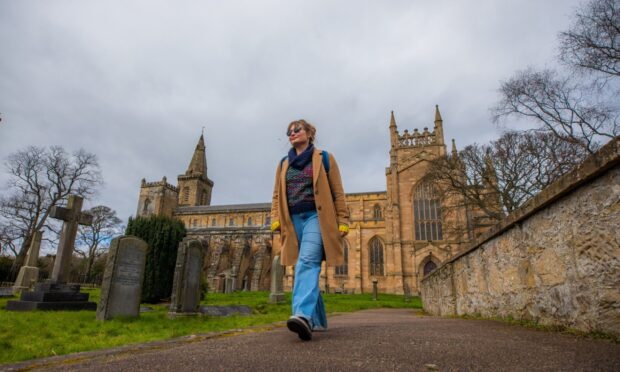
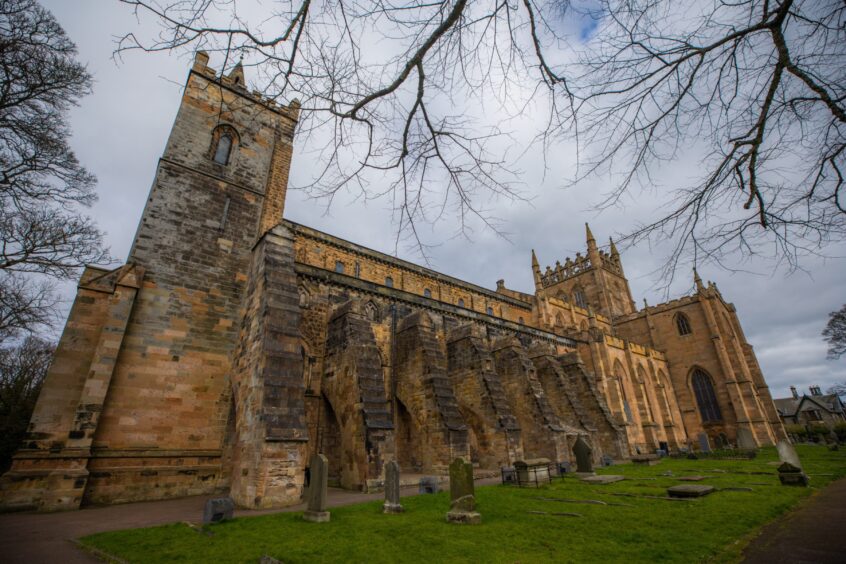
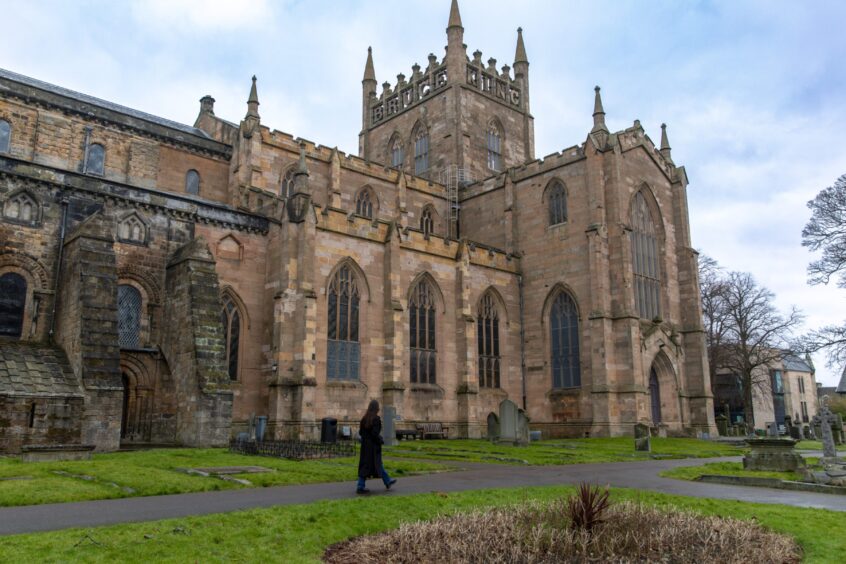
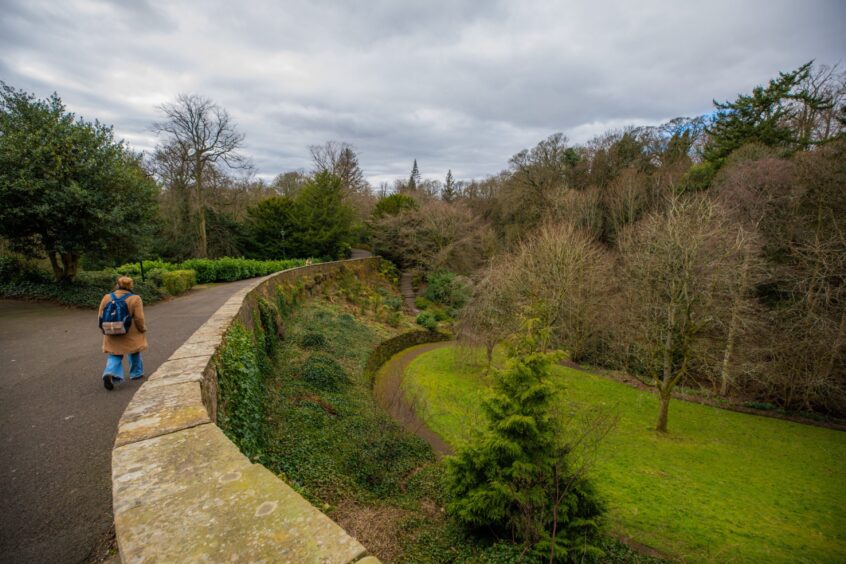
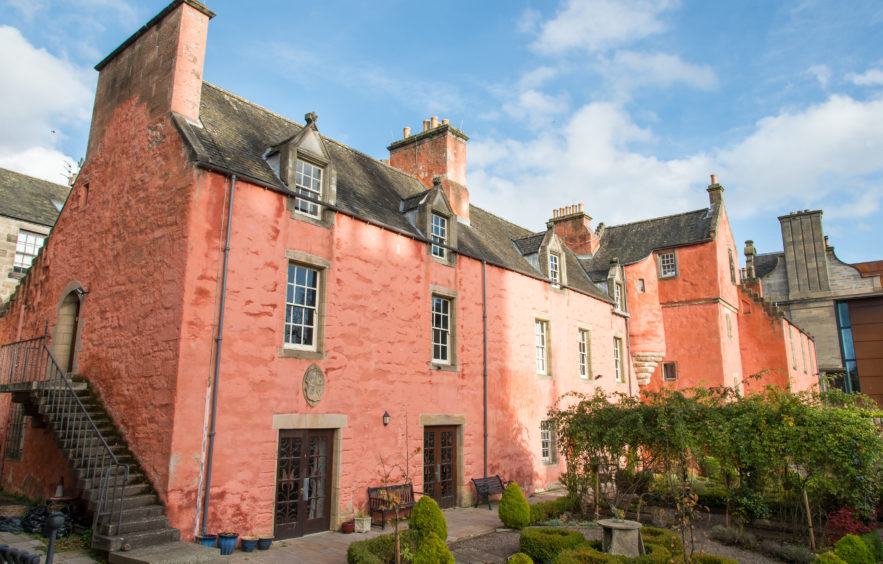
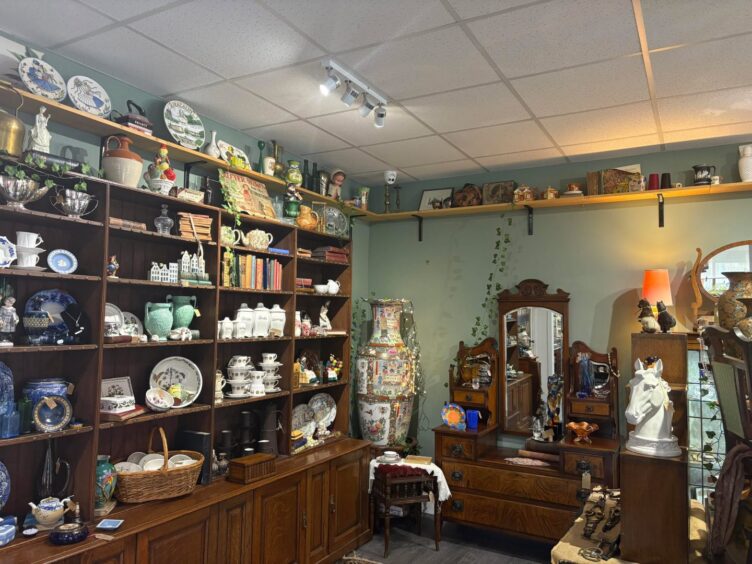
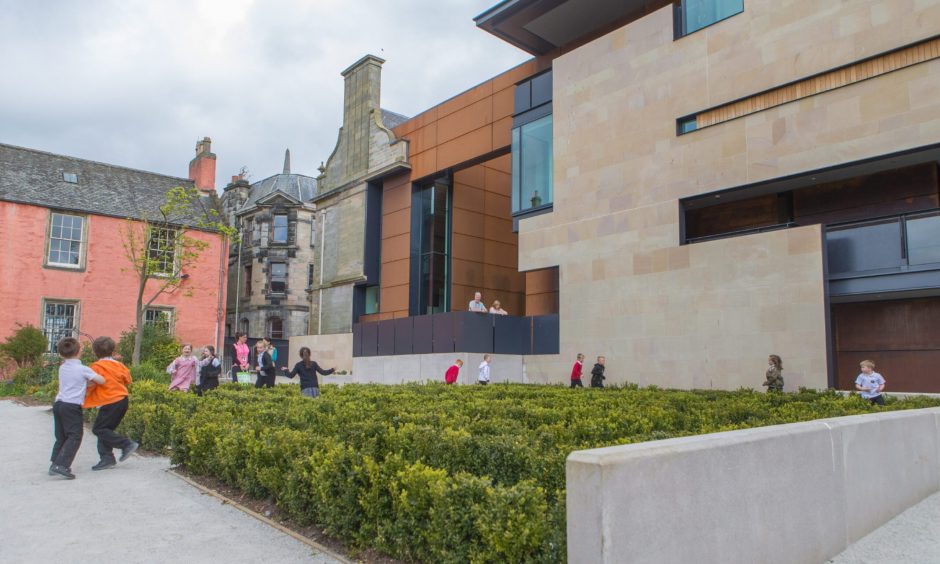
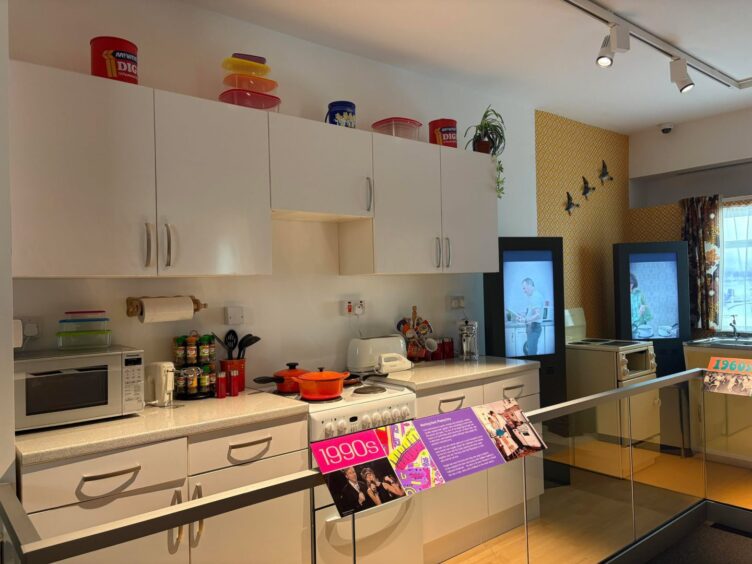

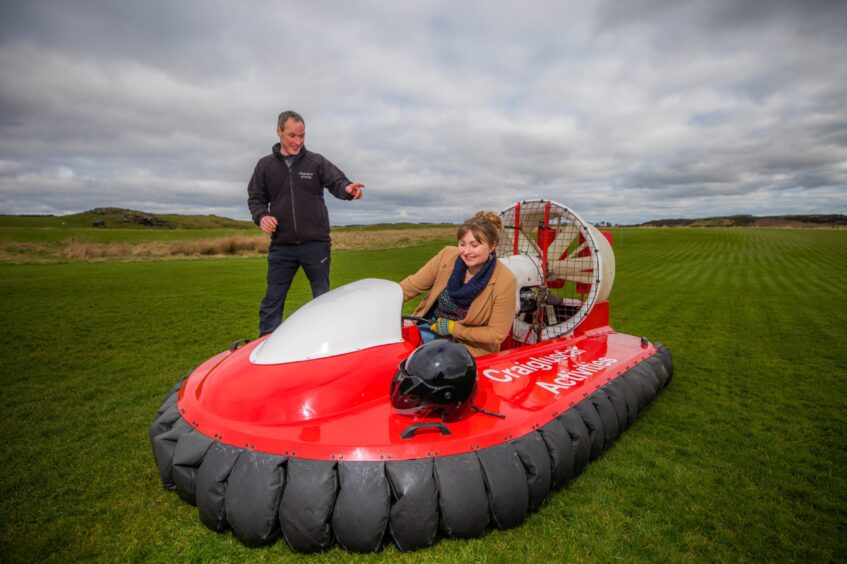
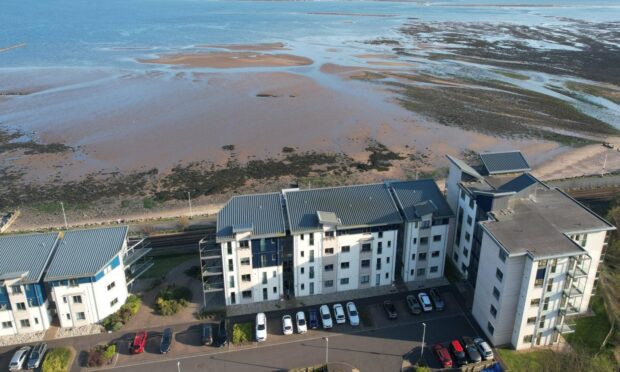
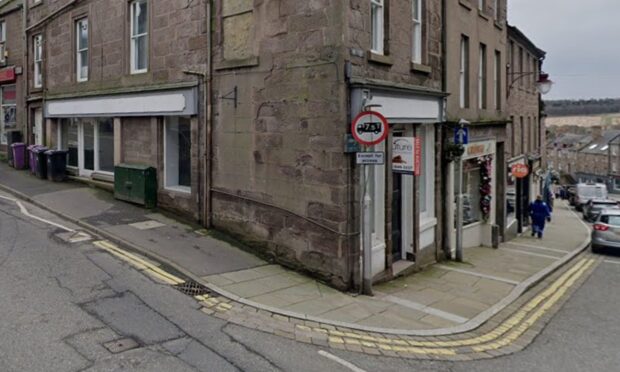
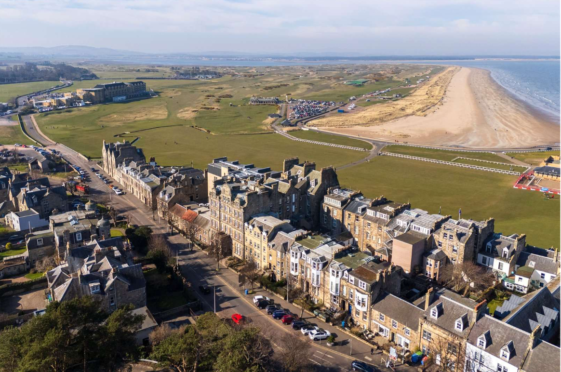
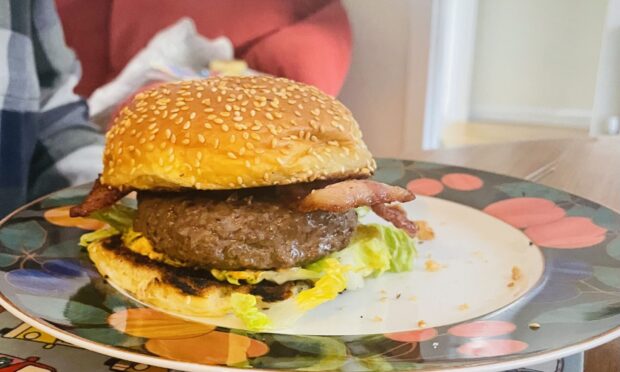


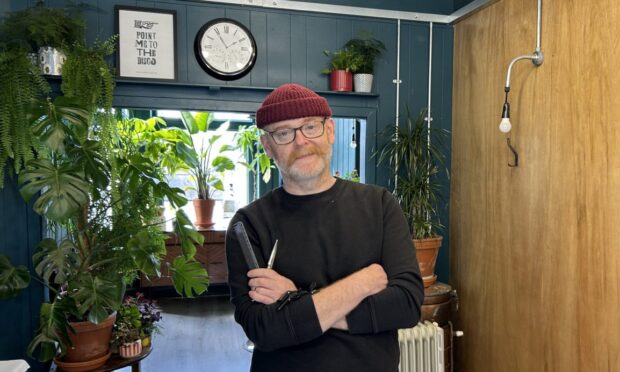
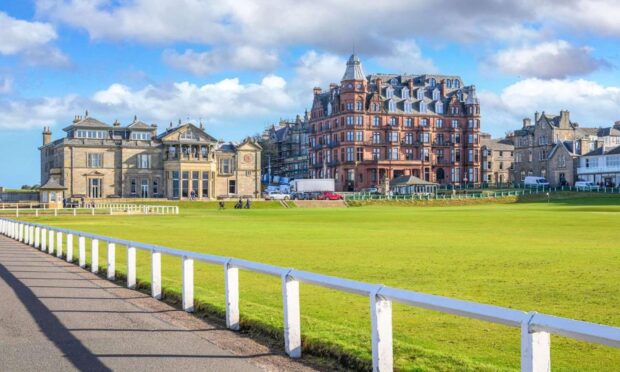
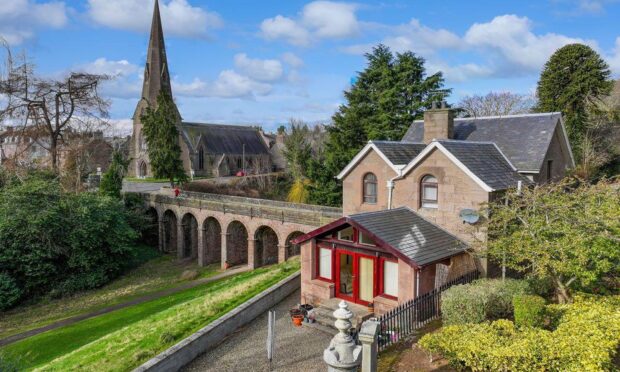
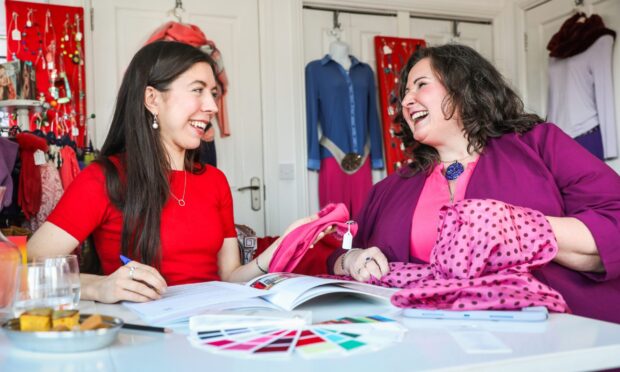
Conversation